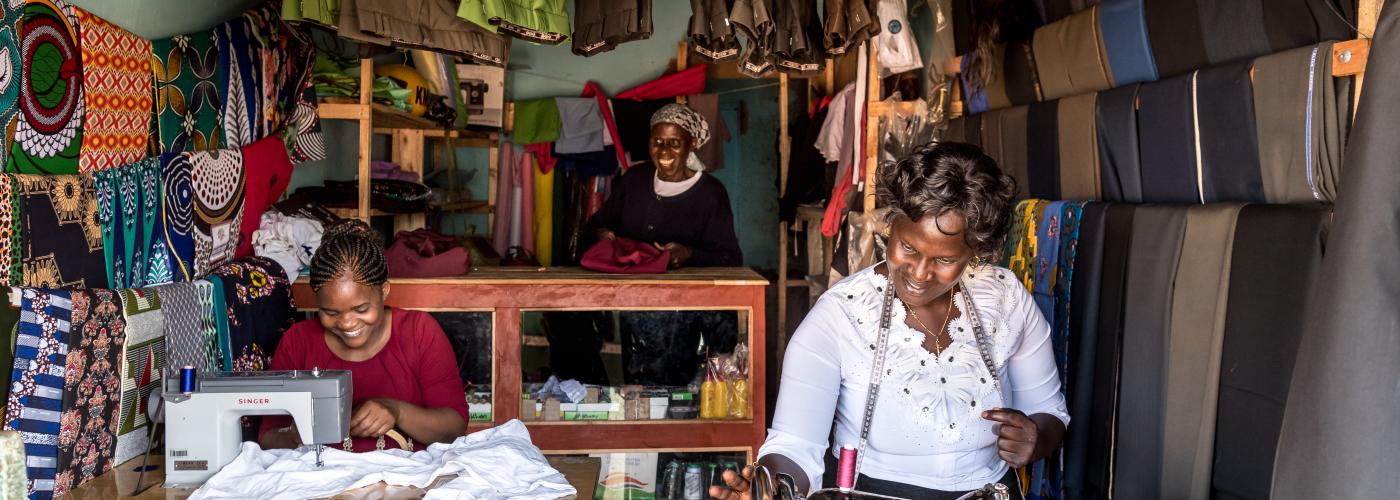Development Impact Bonds: Innovative new development finance tool ...or overly complicated shiny new instrument?
Image

By Priya Sharma, Jonathan Ng, and Lawrence Camp
Development Impact Bonds (DIBs) have been used as a funding structure for development programs since 2014, and have generated considerable interest. And with good reason. Impact bonds are an innovative way to finance development, where private funders provide upfront financing that is potentially repaid by the donor or philanthropic community with a return after generating agreed-upon results. This approach touches on many of the current issues the development community is interested in today - engaging private sources of funding for development, using a pay-for-results approach, and encouraging innovation.
But what have we learned since the first DIB was launched in India in 2014 that focused on Educating Girls?
To step back a bit and throw in a little Finance 101 - a fundamental tenet of finance is that all capital seeks a return higher than the cost of that capital. In most cases, this is a financial profit (an interest rate or investment return), but it can also be mixed with a social return (achieving an environmental, social, and/or corporate governance (ESG) benefit which otherwise would not have occurred). And if donor and development organizations want to attract private capital into development, we need to offer that return.
DIBs are designed to accomplish this - to marry a financial return to the accomplishment of an ESG return (in the case of Educate Girls - better learning outcomes in Rajasthan, India). But as an added twist – it ties the repayment of the financial return to the accomplishment of the ESG objective. In this way, an upfront funder in a DIB can be viewed like a traditional “investor.”
Image

The proposed value proposition for the DIB upfront funder is the ability to participate in solving a development challenge by providing its private capital to test an innovative approach to development- with the potential to fully recover that capital, plus a financial return – if the development outcomes are achieved. In other words, you can have your cake and eat it too – positive social returns plus financial returns!
As in other development activities, DIBs involve an implementer (in this case, the NGO Educate Girls). But they also include two funders: an upfront funder (in this case, UBS Optimus Foundation) that provides the initial funding to the implementer to test the approach; and an outcome funder (for Educate Girls, the Children’s Investment Fund Foundation) that would repay the upfront funder if development outcomes are achieved. Educate Girls was successful - the development objectives were met and the investors got their money back. Seemingly a win-win for all involved, right?
But what were the costs and benefits of the Educate Girls DIB…and what lessons have we learned in the past eight years about DIBs and the pluses and minuses?
DIBs are not traditional “bonds” per se and do not seem to have mobilized any new capital into development. However, they can attract new development partners (which is good) and they can be useful in testing and scaling innovative ideas and approaches to achieving development objectives (which is also good). And they often generate public interest in and awareness of specific development challenges (which, again, is good).
Yet, many have pointed out that DIBs are complicated, time-consuming, and expensive structures. Some argue there are simpler ways through which USAID and others can use our traditional funding instruments to accomplish virtually all the same goals justified for using a DIB structure (e.g., a pay-for-results grant directly to the implementer). For example, direct grants to implementers can be paid upon achieving the same outcomes as in a DIB but without all the extra parties involved. Initial start-up costs can be included in early milestone payments to address the implementer’s working capital needs, while still ensuring payments are made to drive results. In this way, the issue of high transaction costs for DIBs can be avoided altogether.
One of the key challenges to DIBs (which is true in all pay-for-results arrangements) is how to set the price and monitor performance metrics. The nature of the beast is that while all parties want to accomplish the desired development outcomes – the upfront funders have a natural desire to generate a return on their funding. And the outcome funder, USAID or a philanthropic funder (such as CIFF), wants to maximize the efficiency and effectiveness of their development or philanthropic dollars.
USAID has participated in three DIBs to date, each time as an outcome funder: the Village Enterprise DIB, the Ukrishst DIB and Cambodia Rural Sanitation DIB. All three were in very different sectors, geographies, and structured somewhat differently. And while all three are on their way to, or have achieved their intended outcomes (the Utkrisht DIB recently ended), the jury is still out on whether or not DIBs have lived up to their promise, including whether a DIB structure was needed to achieve the same outcomes. To date, no DIB has successfully scaled, highlighting the important issue of the long-term sustainability of DIBs, beyond the initial pilot phase (although some of the interventions attempted in DIBs have been adapted and scaled in other initiatives). Certainly, DIBs are an important tool to have in our arsenal, however, as with all tools, the trick is knowing under what circumstances it should be used.
|
We look forward to a discussion on the pros and cons of DIBs at the next Mobilizing Finance for Development (MF4D) webinar on May 12 from 9:00 - 10:00 AM ET. Click here to register. We encourage you to join, participate, and submit your thoughts and questions on the MF4D Knowledge Exchange! |
Priya Sharma is USAID Private Sector Engagement (PSE) Hub, Managing Director, Scalable Innovation and Jonathan Ng is USAID, Attorney Advisor, Office of the General Counsel.

